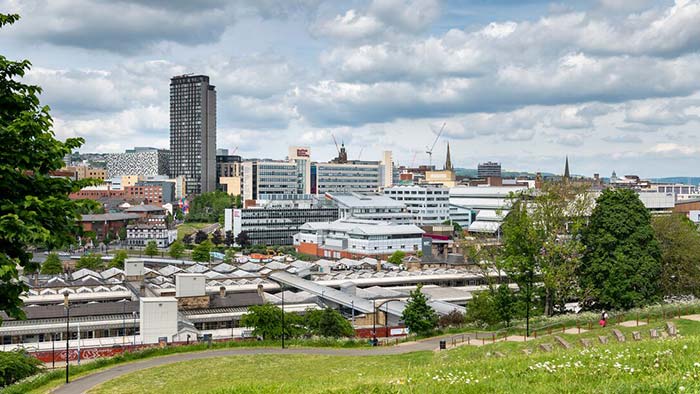The State of the Coalfields 2024 is the third report commissioned by the Coalfields Regeneration Trust (CRT) from the Centre for Regional Economic and Social Research at Sheffield Hallam University, following studies in 2014 and 2019.
The new report, released 40 years after the Miners’ Strike began in 1984, found that although there has been substantial job growth in the former coalfields, the rate of growth has been far slower than in the main regional cities.
The most recent figures show that in the former coalfields there are only 57 employee jobs for every 100 residents of working age, compared to a national average of 73 jobs per 100, and 88 per 100 in the main regional cities.
The shortage of local jobs means that many coalfield residents are now having to commute to neighbouring towns and cities.
The quality of jobs in the former coalfields is also below the standard in other areas. More than half of employed residents work in manual jobs. Average hourly earnings are 6-7 per cent below the national average.
In some parts of the country, warehousing has become a dominant employer and now employs 175,000 people in the former coalfields – almost as many as the coal industry itself just prior to the 1984/5 strike.
Overall, the report argues, these changes mean that many of the young and better qualified are having to move away from the communities in which they grew up to seek better opportunities elsewhere.
This leaves a population in the former coalfields which is generally older and in poorer health, with seven per cent of all residents saying their health is ‘bad or very bad’ and more than 10 per cent claiming disability benefits. In total almost 600,000 coalfield residents – one in six of all adults of working age – claim out-of-work benefits of one kind or another.
Co-author of the report, Professor Steve Fothergill from the Centre for Regional Economic and Social Research, said: “Britain’s coalfields have moved on since the job losses of the 1980s and 90s. There has been substantial progress in new job creation and the former coalfields have emerged with new roles in local and regional economies. But the full benefits of job growth have not always filtered through to local residents, leaving behind many people and communities.”
The report finds that if brought together the former coalfields would likely be the most deprived region in the UK.
The Coalfields Regeneration Trust is calling on governments across the UK and leaders in coalfield communities to do more to support economic growth in former coalfield communities to enable these areas to reach their full potential.
Linda McAvan, Chair of the Coalfields Regeneration Trust, said: “We are seeing positive steps towards improving the economy in the former coalfields – however it is concerning that our progress is slower than in other parts of the country. “We know that the issues affecting coalfield communities around low quality jobs, lower wages and poor health can be tackled and the Coalfields Regeneration Trust is playing its part in addressing these issues.
“We are keen to work with political decision makers at all levels so that we can enable our communities to reach their full potential.”
Read the State of the Coalfields 2024 report.

